
Pests
Pests
The guide is focusing on animals you will likely hear about in the news because of the harm they can do to humans. Some animals have a strong impact on our own species by causing diseases or reducing agricultural yield.
Learning Objective: Indicate the characteristics of “pest” animals and describe the impacts they have on humans and human products.
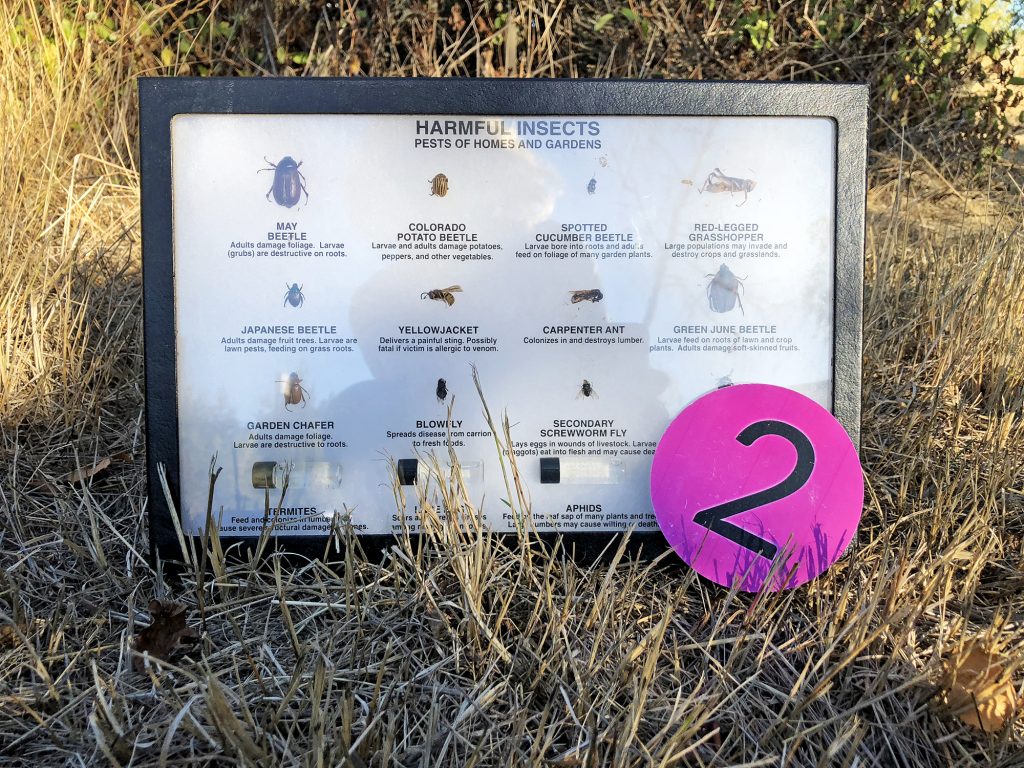
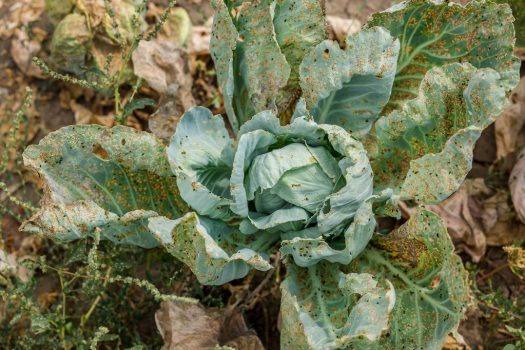
A “pest” is an animal that has a negative impact on humans, typically by damaging crops or structures. Animals that directly cause disease in humans are called parasites and will be addressed in sections 4 & 5.
This cabbage plant has been attacked by different insects that eat the leaves, stem, and roots.
When considering pests is is important to keep in mind that these animals are not “choosing” their behaviors, they are innately programed and structurally suited for particular foods and habitats. They may be critical parts of the food webs in their ecosystems. Many of the insects that damage garden plants are food for songbirds.
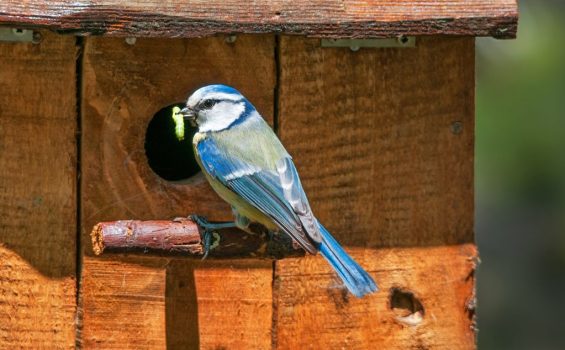
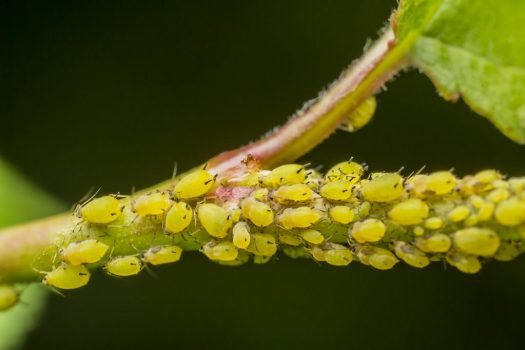
Some animals have a significant negative impact on human survival, particularly the arthropods: some are pests and some are parasites.
Aphids are true bugs (hemipterans) that consume sap from plants and can cause significant damage to many species.
Locusts, a form of grasshopper, occasionally swarm in large numbers, and can consume massive amounts of plant material. Repeat locust infestations occur in areas of the African continent where people already face starvation, in part because of the long-term droughts that are causing the locusts to swarm.
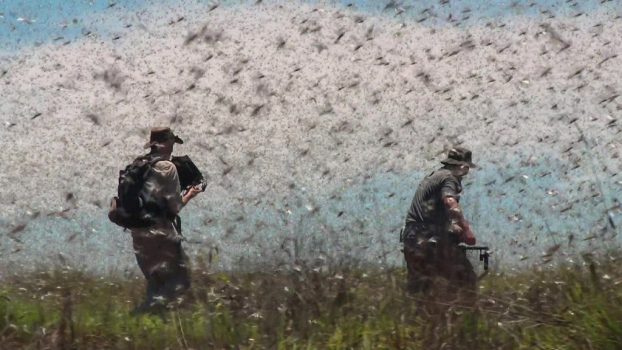
This video introduces insect pests that people are more likely to encounter around homes and gardens.
Watch this video; you can select the closed captioning “cc” option if you would like to see the text.
Rodents, including rats, can act as vectors transmitting diseases to humans, and also can be significant pests, particularly consuming grains.
The next section introduces organisms that are invasive species that threaten endemic (native) species.











